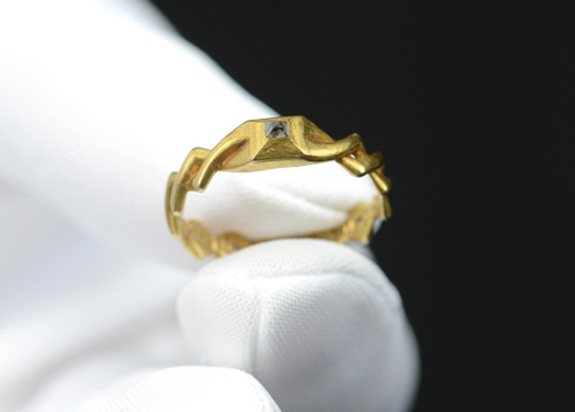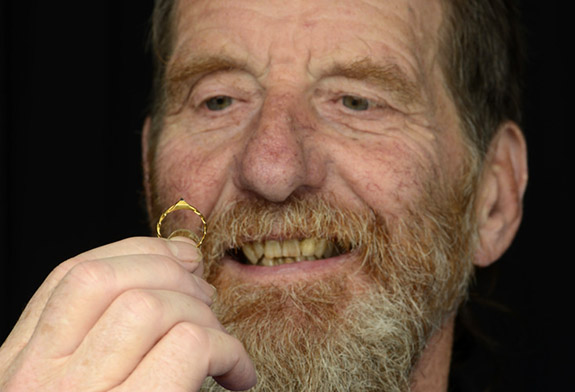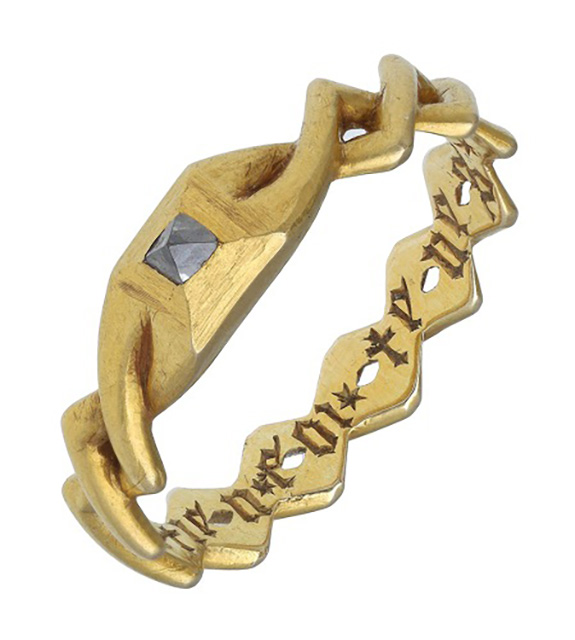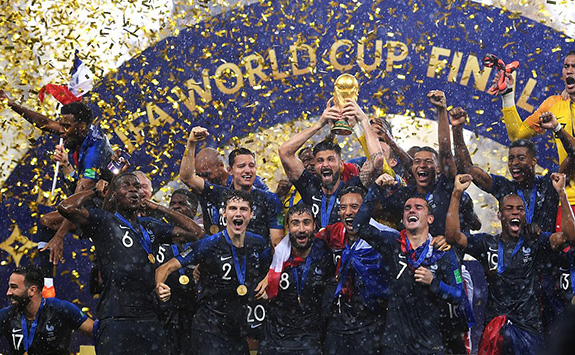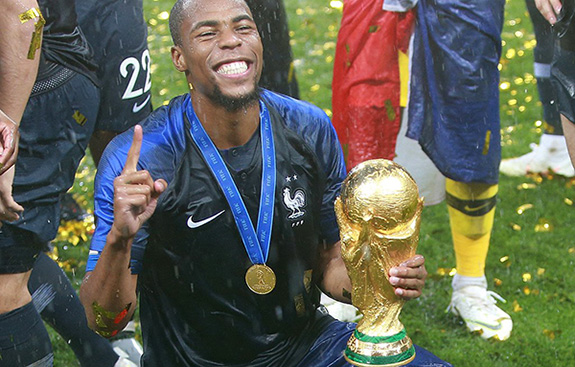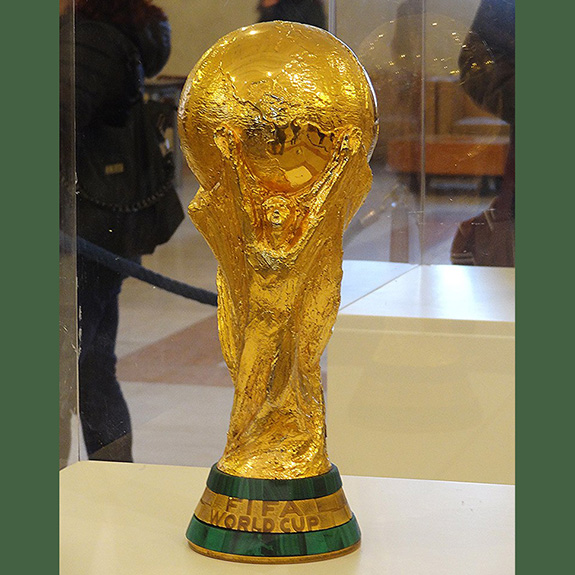Thanksgiving Day marks the start of “engagement season,” the romantic time of the year that stretches from tomorrow until Valentine’s Day. The period accounts for just 23% of the calendar, but claims nearly 40% of all marriage proposals.
Facebook has famously reported that about 2.5 million of its 240 million US users change their status to “engaged” in an average year. And that number aligns neatly with The Knot's estimate that 2.6 million weddings would take place in 2022.
The average length of an engagement is about 14 months, so the couples getting engaged in the current season (2022-2023) will likely exchange their vows in 2024.
For many years, Christmas Day has been the most popular day to get engaged, followed by a wintry mix of favorites that included Christmas Eve, Valentine’s Day, New Year’s Day and New Year’s Eve.
Due to COVID-related travel restrictions in the winter of 2020, Christmas Day lost its long-standing top spot to Valentine's Day, according to WeddingWire’s 2021 Newlywed Report, which covered engagement-related activities throughout the full year of 2020.
In that report, Cupid’s Day was followed by New Year’s Day, Christmas Day, Christmas Eve and the Fourth of July (Independence Day). Interestingly, a bunch of warmer weather weekend dates, such as June 20th, September 12th, October 10th and May 16th cracked the Top 10 list in 2020, presumably because of the prevalence of COVID-inspired fresh air proposals.
But now with most restriction lifted, it's safe to assume that the long-standing favorites should climb back to the top of the list.
About 19% of all proposals take place during the month of December, which is more than twice as popular as any other month. The reason for December's dominance is the fact that couples love to get engaged on the days leading up to Christmas all the way through New Year's Eve, which is still officially December 31 until the ball drops.
Here's a rundown of the traditional Top 10 days to pop the question…
Christmas Day. Christmas is a time when families and friends come together from far and wide to celebrate the spirit of the season. It's the perfect time to pop the question because loved ones are present to participate in the festivities.
Christmas Eve. A joyful time to share a festive meal, sit in front of a fireplace and open a package or two ahead of Christmas Day.
Valentine’s Day. The one day each year set aside for lovers is also an ideal time to pop the question.
New Year’s Day. Is there a better way to start off the New Year?
New Year’s Eve. Say goodbye to 2022 and hello to 2023 with the one you love - and a ring.
Day Before Valentine’s Day. When getting engaged on Valentine’s Day may be too obvious, jumping the gun by 24 hours is a strategy to preserve the element of surprise.
Saturday Before Christmas Eve.
Two Saturdays Before Christmas Eve.
December 23rd (Day Before Christmas Eve).
Fourth of July (Independence Day). It’s fun, festive, patriotic and the only date in the Top 10 list that finds itself outside of “engagement season.”
An “Engagement Expectations” study conducted by The Knot and De Beers Group exactly one year ago revealed that 96% of pre-engaged women wanted to have some involvement in the selection of the engagement ring and would not want the proposal to be a total surprise.
Three-fourths of pre-engaged women have thought a lot or some about their engagement ring and most noted they would prefer personalized and unique engagement rings.
A Wedding Wire study confirmed that 72% of respondents worked as a couple to choose an engagement ring and a third of respondents shopped for the ring together.
Credit: Image by Bigstockphoto.com

